Sample Images
It should be clear by this point that the SD14 is a camera that only
excels in deliberate photography. It is certainly not a camera for sports photographers
or the kids' soccer games. It is also not a great choice as a snapshot or travel
camera, although it is usable in those areas.
Where the SD14 does
excel is in photography where you have time to plan and time for post-processing
- or where capture settings are somewhat static and repeatable. For that reason
all of the sample images are macro shots. Everything was shot RAW and processed
in Sigma Photo Pro 2.5 or 3.0. 2.5 is the latest version of Photo Pro for the PC,
but 3.0 is the only PC version that can also process JPEG and TIFF images in addition
to the native RAW.
After processing in
Photo Pro, images were saved as 16-bit TIFF files and finally saved as highest-quality
JPEG files, with no further processing in Photoshop CS3. None of the images were
cropped, even though cropping would definitely improve a few of these images. This
allows close examination of the full frame for those who are interested.
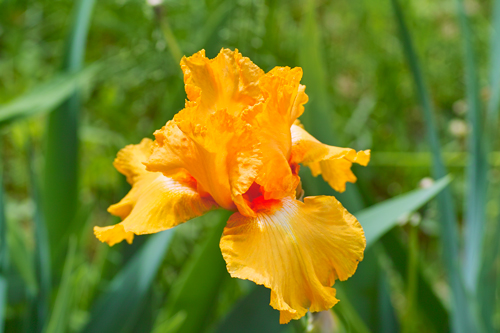
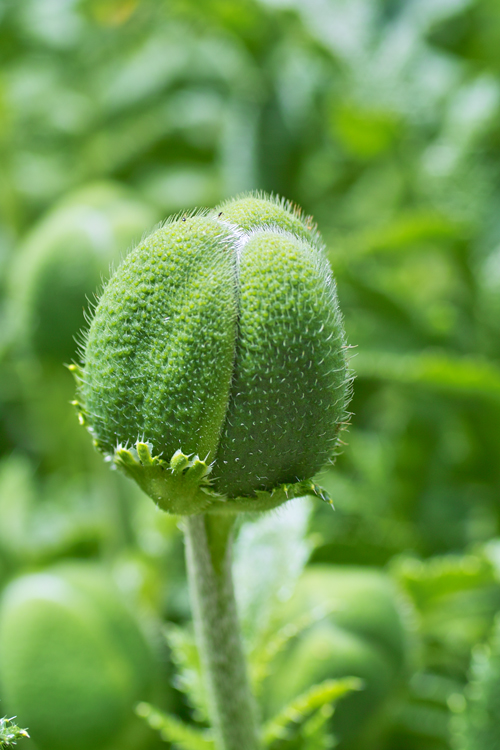
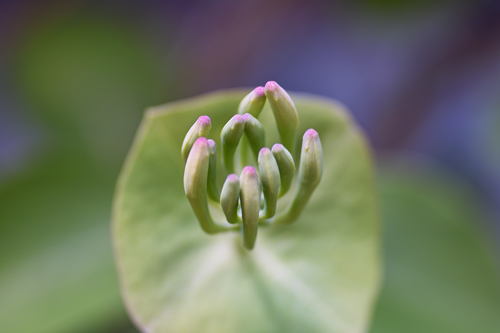
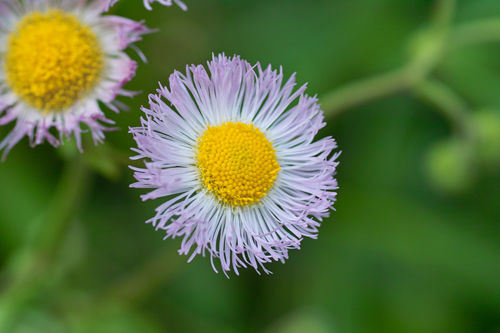
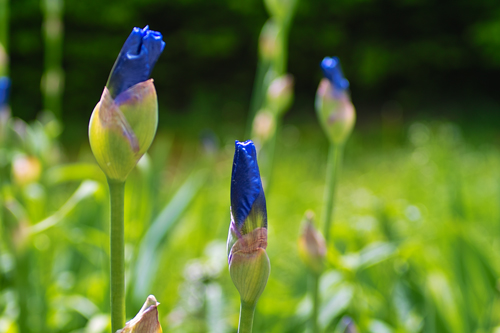












40 Comments
View All Comments
cheetah2k - Wednesday, June 4, 2008 - link
I've bought over 100 memory cards on ebay, and all at respectable prices (here in Australia we still pay about US$30 for 2GB!) and I've never had a problem. I just purchased a nice 8Gb Sandisk Ultra III CF for my Sony A350, 4Gb CF Ducati, and 8gb Sandisk MicroSD just recently, and again without any errors or faults.The only way to test these cards also, is to fill em up to the hilt with data. At 14MP, and 1 day of continuous shooting, I easily fill 8Gb.
The advice here should be dont buy $0.99 memory cards from sellers with less than 20 sales and 99% good comments or you will end up with BS backdoor memory cards full of sawdust instead of the usual silicone
cheetah2k - Tuesday, June 3, 2008 - link
In terms of this review, I think Anandtech has lost the plot againWhy compare a 14MP camera with 10 and 12MP??
You've reviewed the Sony A350, why isnt that in your review?
You're just wasting your own time carrying out reviews like this with out proper comparisons. I guess thats just because Anandtech is trying to be a jack of all trades, but not doing it very well
Wesley Fink - Tuesday, June 3, 2008 - link
Others would argue we should only compare the SD14 to 6 Megapixel cameras, or even less, since it is really a 4.7MP finished image. Most consider the SD14 roughly competitive in the 10 Megapixel space - with some tilting toward the 8 megapixel side and others to the 12 Megapixel end. Our choices were representative of prosumer cameras many would consider as having good IQ in that megapixel range, which was our goal.If you wish to compare the images to the Pentax K20D and the Sony A350 the crops and full images can be found at http://www.anandtech.com/digitalcameras/showdoc.as...">http://www.anandtech.com/digitalcameras/showdoc.as...
cheetah2k - Wednesday, June 4, 2008 - link
I understand what others argue. However, when you're comparing cameras, you also need to compare cameras of equal MP, regardless of what their end result is. This then gives an unexperienced DSLR user the opportunity to compare and examine the results from, for example, how a sony 14MP camera produces vs SD14 14MP camera, etc. This way, for those wanting 14MP, they can establish good value for money and make a call on where they ultimately want to end up. Therefore, it would have been good to include the Sony A350 results that you got from a previous review.As noted above, in the case of Anandtech's past review of the Canon 450D (12.2MP) vs Sony A350 (14.2MP) vs Nikon 10.1MP cameras, I understand the varying MP review as that was all that was around at the time. From that review I actually purchased a Sony A350X set with the 2 lenses, as I established it was good value for money (and actually cheaper than the Canon 450D)
Some times a LIKE for LIKE comparrison is what we all need, especially for those of us who are non-pro photographers.
melgross - Wednesday, June 4, 2008 - link
I've never heard of this being compared to a 12 MP camera. 8 to 9 seems to be the agreed upon equivalent. And even there, it depends upon the images, some look sharper, and some less so.pinto4402 - Tuesday, June 3, 2008 - link
Amen to the comment about the CF issue. I feel better about the startup time, but now I'm troubled by the memory card problems. When you depend on your gear for your living, any possible point of failure is scary.pinto4402 - Tuesday, June 3, 2008 - link
Holy cow. I considered purchasing a Sigma for portrait work because other portrait photographers rave about the IQ of the foveon sensor. I'm shocked, however, by the 9 second start-up time. This is not something anyone has discussed before. It is simply unacceptable for any modern camera to have such primitive electronics. I know that there are many "artistes" out there who feel smug about how they can create beautiful images with primitive gear. I am not one of them. I want my camera to function well and stay out of my way.This is a good, fair summary of the camera. While "ease of use" is a subjective and nebulous concept, I think it's appropriate that you pointed out that the camera took 9 seconds to boot up and has a slow write time. Aside from IQ comparisons, this is the kind of useful information I'm looking for in a camera review.
Maxington - Wednesday, June 4, 2008 - link
If I was heavily into portraits I'd go with the Fuji DSLR's, with their specialized sensors, not the Sigma.I can't knock Sigma lenses, they have some gems, but their cameras so far are pretty lacklustre.
I'd like Foveon to stay around as competition though, maybe with development it will find its strong points.
pinto4402 - Wednesday, June 4, 2008 - link
My only experience with Sigma lenses turned me off to "generic lenses" forever. I had my camera with a Sigma 17mm lense slung on my shoulders. As I was leaning down to pick something, the camera swung down and hit the ground. Not too hard, but hard enough. The lense and camera continued to operate fine, so I thought nothing of it. When I got home and developed my slides, I noticed that there were stray light streaks in all my images (not typical lense flare). When I examined the lense more carefully, I noticed that its plastic casing had cracked. The rubber focusing ring had obscured the crack.I'm still ticked off about this to this day 15 years later because I was on a once-in-a-lifetime trip to Cambodia photographing Angkor Wat. All the hundreds of images I took with the Sigma had light streaks. Luckily, it was not a paying job, but the images had a lot of personal importance to me.
I've never had any such problems with the Canon L lenses, even though they've taken worse abuse. Their all metal build quality and wheather sealing (as well as fantastic optical quality) are the main reasons why I have been loyal to Canon even though Nikon, for now, has arguably superior cameras (D300, D3) to what I'm using (40D, 5D).
pinto4402 - Wednesday, June 4, 2008 - link
I agree that Fuji has found a place in the toolkits of many portrait photographers. The deal killer for me is that it has low resolution. I generally enlarge my prints to 24x36. An effective resolution of 6MP on the S5 Pro does not cut it. Come to think of it, the Sigma is probably not a good choice either because of its lower resolution. I've been a happy Canon 5D user, but I'm always looking for something different to add to my kitbag. That's why the foveon had some appeal.